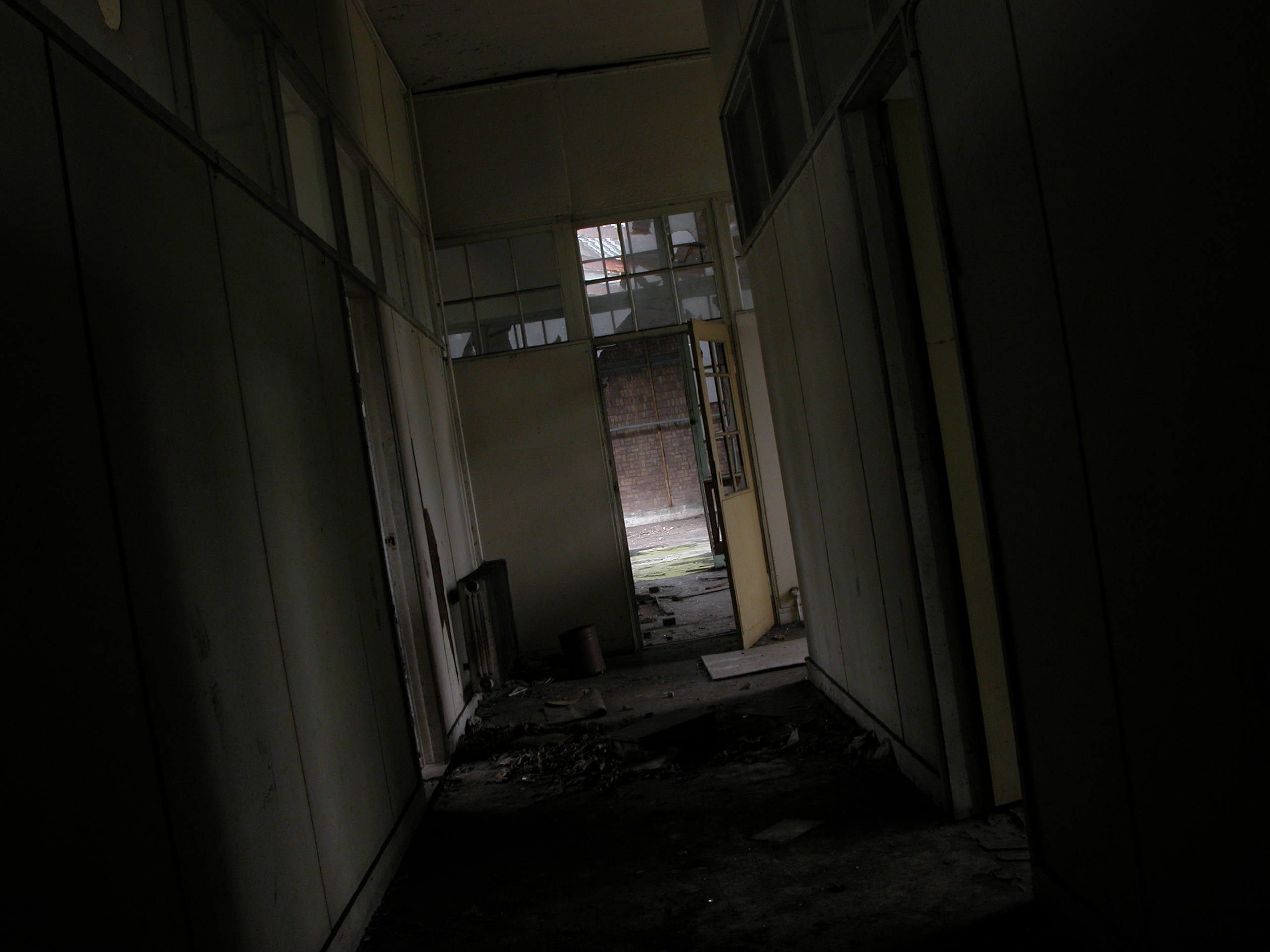rubinjenkinson
About rubinjenkinson
Law courts in the UK have a long and complex history that dates back to the early Middle Ages.
Ultimately, the design of law courts in the UK is constantly evolving to meet the needs of a changing society. From the historical grandeur of traditional court buildings to the modern, accessible, and technologically advanced designs of today, court architecture plays an important role in ensuring that justice is accessible, fair, and efficient. As technology continues to shape the legal landscape, it is likely that the design of law courts in the UK will continue to adapt, reflecting both the demands of the legal system and the expectations of the public.
One notable change is the growing reliance on alternative dispute resolution methods such as mediation and arbitration. The UK government has encouraged the use of ADR as a way to reduce pressure on the courts and provide more accessible and cost-effective methods for resolving disputes. By focusing on out-of-court settlements, the hope is to reduce the backlog of cases waiting for a court hearing, saving time and resources for the court system while also offering parties a less formal and potentially quicker path to resolution.
More serious criminal cases are heard in the Crown Court. This includes offences like burglary, assault, fraud, and murder. Crown Courts have the authority to impose longer sentences and are presided over by a judge, often with a jury of 12 members. Trials in the Crown Court follow established rules of procedure and evidence to ensure fairness.
A major shift in the UK courts has been the move towards digitalisation of court processes. The UK government, through the Ministry of Justice (MOJ), has been actively working to modernise the way the court system operates. This includes the implementation of online case filing systems, which allow individuals and legal professionals to submit documents to the courts without needing to appear in person. This change has been welcomed for its potential to reduce delays, but it has also sparked concern about accessibility, especially for those without easy access to technology or internet services.
In conclusion, the history of law courts in the UK is a story of evolution and adaptation. From the informal community-based courts of the Anglo-Saxon period to the complex and specialized system of courts that exists today, the UK legal system has undergone significant changes. These changes have been driven by a combination of social, political, and economic factors, as well as the ongoing desire to ensure justice is delivered fairly and impartially. The history of UK law courts is a testament to the resilience and adaptability of the judicial system, which continues to play a crucial role in maintaining the rule of law and upholding justice for all.
The integration of technology in the UK court system is also evolving. The adoption of new technologies, such as artificial intelligence (AI) and machine learning, is beginning to play a role in improving the efficiency of court proceedings. For example, AI may be used to assist in legal research or to help predict the outcome of certain types of cases based on past decisions. While these technologies have the potential to improve efficiency and reduce human error, they also raise questions about privacy, fairness, and the potential for bias in the legal system.
 During the 12th century. King Henry II (reigned 1154-1189) is often credited with establishing the framework for a unified legal system in England. He introduced reforms that expanded the reach of the royal courts and reduced the influence of local lords and barons. One of his most significant reforms was the establishment of circuit judges, who traveled the country to hear cases and ensure the uniform application of the law. This helped to create a more centralized system of justice and a more uniform legal system throughout England.
During the 12th century. King Henry II (reigned 1154-1189) is often credited with establishing the framework for a unified legal system in England. He introduced reforms that expanded the reach of the royal courts and reduced the influence of local lords and barons. One of his most significant reforms was the establishment of circuit judges, who traveled the country to hear cases and ensure the uniform application of the law. This helped to create a more centralized system of justice and a more uniform legal system throughout England.
While Scotland and Northern Ireland have separate legal systems, Wales does not currently have an independent court structure. However, developments in Welsh law have led to a distinct body of law that applies only in Wales, particularly in areas like education, health, and housing.
County Courts handle civil cases such as personal injury claims, family matters, landlord-tenant disputes, and breaches of contract. These courts are often the first point of contact for individuals involved in non-criminal legal disputes.
 In conclusion, England’s judicial structure are a complex yet effective component of the UK’s legal landscape. With a tradition based in common law, a hierarchy of courts handling everything from minor disputes to constitutional questions, and a commitment to fairness and due process, the system plays a crucial role in upholding justice and the rule of law.
In conclusion, England’s judicial structure are a complex yet effective component of the UK’s legal landscape. With a tradition based in common law, a hierarchy of courts handling everything from minor disputes to constitutional questions, and a commitment to fairness and due process, the system plays a crucial role in upholding justice and the rule of law.
During the Anglo-Saxon period. Before the Norman Conquest in 1066, disputes were often resolved in local courts, where the community had a significant role in judgment. These courts were usually presided over by a local lord, who would gather people in the community to discuss and resolve conflicts. If you adored this information and you would such as to get more details relating to Arizona lawyer marketing kindly check out our webpage. The system was largely informal, with the decision-making process rooted in custom and tradition rather than written law.
No listing found.

